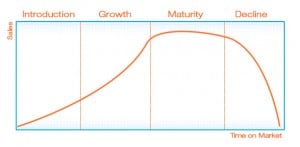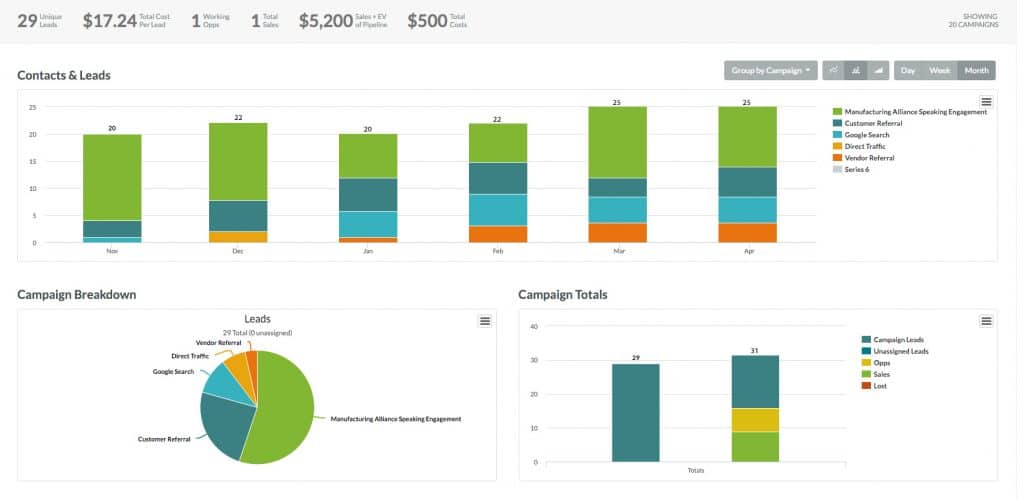Proceeding without a strategic marketing plan is like shopping at the home improvement store without a list. It costs you more, it takes longer, you forget to buy necessities, and you make purchases that aren’t needed. A good strategic marketing plan brings the future to the present and gives you an efficient roadmap for getting to your destination—increased sales and profits.
The process of planning is often more important than the plan itself. Questions that are answered during the planning process include:
- What you are selling?
- Who you are selling to?
- Where you are selling it?
- Why you are different?
- How to leapfrog the competition?
Even if you strongly believe you have the answers to these questions, it’s important to test your assumptions and do the research. To illustrate this point, answer this simple question. What color are yield signs? If you answered yellow, you’re incorrect. Yield signs have been red and white since 1971. A surprising number of people that drive by red yield signs every day believe they are yellow.
The Building Blocks of a Strong Strategic Marketing Plan
Data and Competitive Analysis
Collect external and internal data and analyze it. Develop a comprehensive side-by-side competitive analysis. Look at everything from facilities and branding to applications and perceived value. Develop a SWOT (strengths, weaknesses, opportunities and threats).
Objectives
Define the marketing objectives and align these with the overall business goals.
Target Audience
What geographic areas buy the most product from you and where is the biggest potential? Which markets are showing increases or decreases in sales? Do you know why your customers buy from you? What changes are occurring in the industry that impact your buyer? Define standards for a qualified lead. Develop a detailed buyer persona.
 Products and Services
Products and Services
Determine the lifecycle stage your products or services in. Detail the features, benefits, points of differentiation, applications and sales messages.
Unique Proposition
After you’ve completed the competitive analysis and taken a fresh look at the target and offerings, you will have a clearer understanding of why your company is different. You may also find a new potential niche or opportunity to pursue.
Branding
Does it need to be updated to properly position your company or products amongst the competitors? This may include logo, corporate identity, tagline and positioning statements. Does your branding properly communicate your unique proposition and price to value position?
Sales and Distribution
How are the sales and distribution channels performing? Are there new distribution channels that should be considered, such as ecommerce?
Sales Messages
Outline the top sales messages that will resonate with your prospects and customers and differentiate you from competitors.
Promotion and Retention
What are the best ways to reach your target that stay within your budget parameters? What strategies and tactics previously worked and what hasn’t performed? What is your strategy for retaining customers?
Execution
Outline the internal and external resources you have and what will be needed. Assess the tools and technology available to improve efficiency, measurement and results.
Budget and Schedule
Create a schedule showing when tactics will be completed and how much each with cost. This will help you stay on track during the year.
Conversion
Outline how your marketing efforts will be tracked and measured.
Be Flexible
All plans must be flexible to meet ongoing changes.
Veritas Marketing | Full-Service Agency
PR + websites + creative services + social media + content marketing + branding
www.veritasmarketing.com | 952.738.8177
